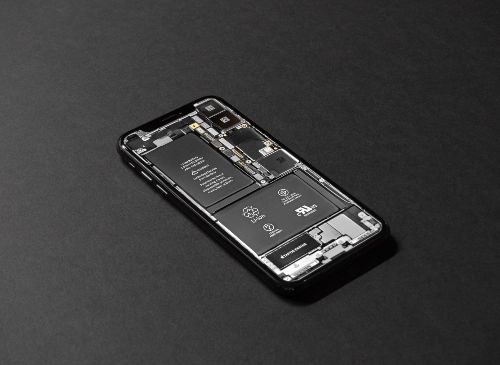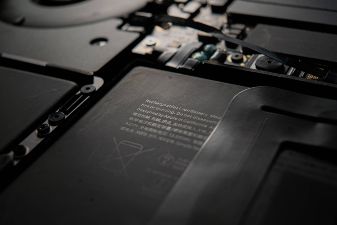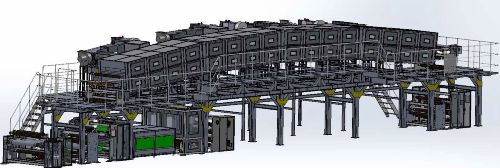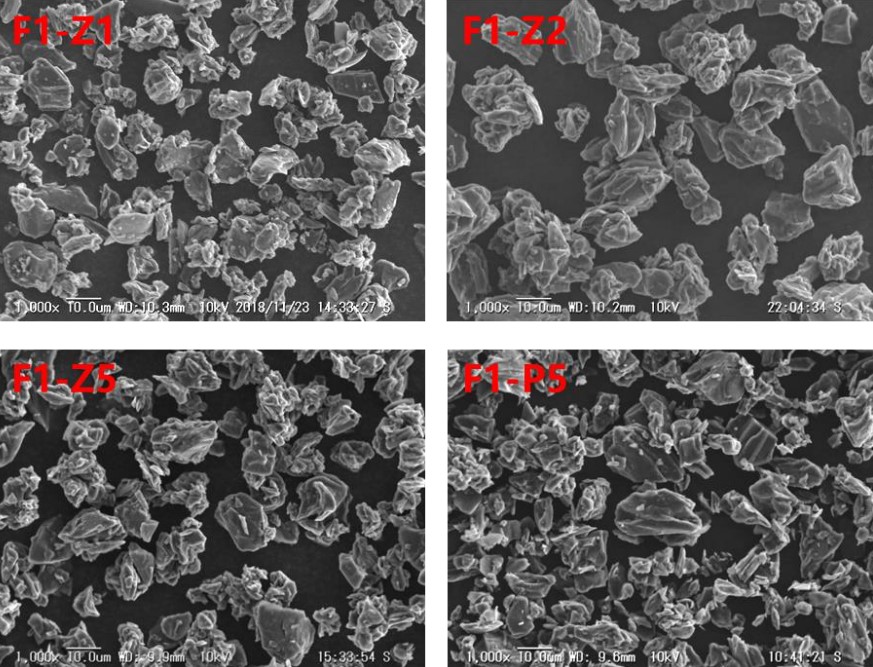Why Lithium-ion battery?
Compared to traditional battery technology, lithium-ion batteries are lighter, charge faster, and last longer. This rechargeable battery technology is more sustainable and economical. There are a number of types of lithium-ion batteries depending on electrode materials, specific power, specific energy, cost, and performance.
We provide materials and equipment for lithium-ion battery manufacturing lines in scales ranging from testing to mass production for our clients across the globe. We are the supplier for globally recognized firms in South Korea, China, Europe, and the US. Our clients develop rechargeable batteries to shape the electric future in technologies ranging from EVs and renewable energies, to energy storage systems. We can provide production lines for cylindrical, pouch, and prismatic batteries.
What we do
- Support workflow of battery manufacturing process
- Worldwide service and support for installation and maintenance
- Provide materials for lithium-ion battery manufacture through pack assembly line
- Provide equipment for every stage from R&D to mass production
We provide all the critical equipment necessary in the processes from electrode preparation through to battery testing.
Equipment
- Mixer
- Annealing machine
- Coater equipment
- Non-contact type thickness measuring system
- Sensors
- Inspection: X-ray inspection system
Battery Manufacturing Materials
During discharge, or when the battery is consumed, lithium ions travel from the negative electrode to the positive electrode, occupying vacancy in the cathode. Capacity of the electrode pair must be balanced for safe battery operation and to avoid overcharge or over-discharge.
Anode and Cathode materials (Copper foil and Aluminum foil)
The Li-ion battery typically uses lithium as the cathode and graphite as the main anode material. The anode is typically made by mixing active materials and binder materials.
Natural and Artificial Graphite
Graphite, being the most stable form of carbon, lighter than aluminum, chemically inert, and having excellent thermal and electrical conductivity, it is an ideal raw material for boosting performance of anodes in Li-ion batteries. Graphite comes in two forms, natural (i.e. mined) and synthetic (made from petroleum coke).
Silicon anode material
Recent studies have found the use of silicon in the anode improves the specific capacity of the electrode.
Binders and separators
A separator is used to physically separate the battery electrodes to prevent short-circuiting. Commonly made of polymers, it must be chemically porous to allow the internal movement of ions.
Binders are responsible for holding the electrode materials together. They must be insoluble in the electrolyte.
Electrolyte and other chemicals
Electrolyte solutions and chemical additives required during battery manufacturing as well as inside the battery.
Packaging materials
We provide packaging materials for all types of lithium-ion batteries such as pouches, cases, and cans, etc.





